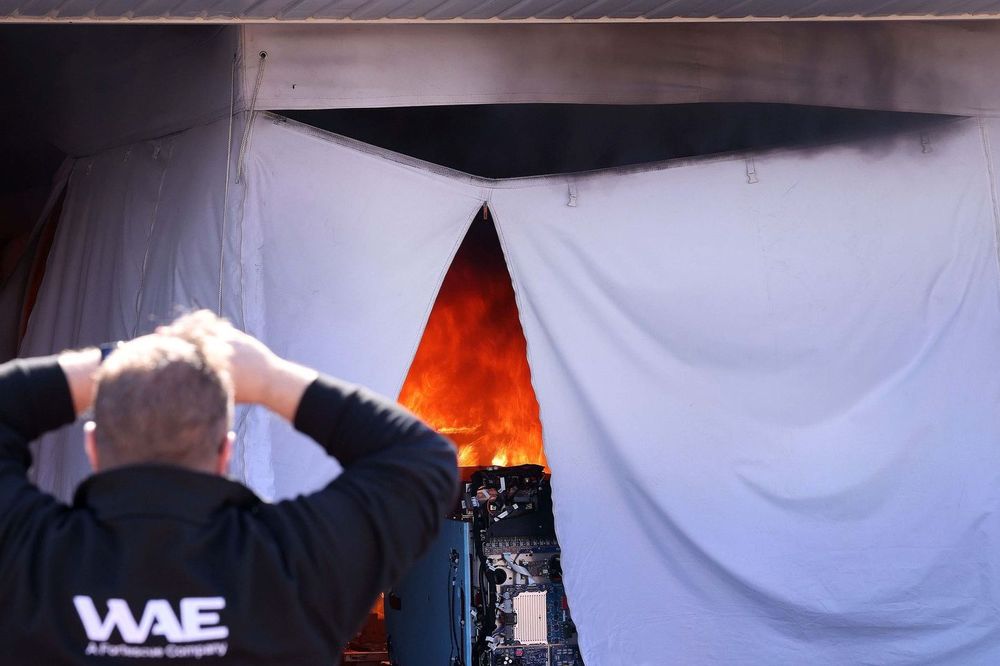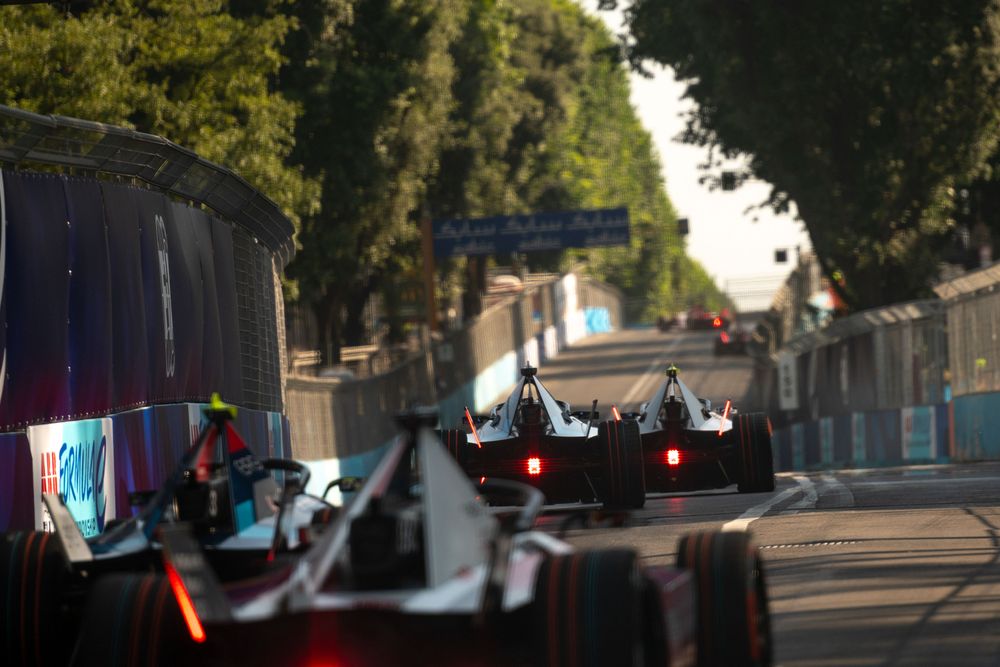Last week’s test at Valencia was supposed to be a crucial opportunity for Formula E teams to test the boost devices that will supply fast-charging and help the reintroduction of pitstops. But it didn’t go to plan.
Eight of the chargers were in evidence at Valencia last week and initially several teams were happily using them both in charger and practice (dummy with no charge but accurate time simulation) mode in the Tuesday morning session.
Then came the fire in the WAE pit at lunchtime and the cars were forced to be parked for two full days before running could be resumed.
While the FIA and Formula E scrambled to first tidy up and then investigate that incident, it became clear that there would be a much-changed timetable, and while teams did use the chargers on Thursday and Friday, they were not implemented for the mock race that occurred on Friday morning.
That now means that several teams will go into the start of the season with very little testing of the chargers.
The question many were asking in Valencia was why was that the case. The answer is that the cell suppliers, a French-based company called SAFT that is part of the TotalEnergies group, were unable to supply sufficient cells for the chargers to service WAE and to supply the devices.
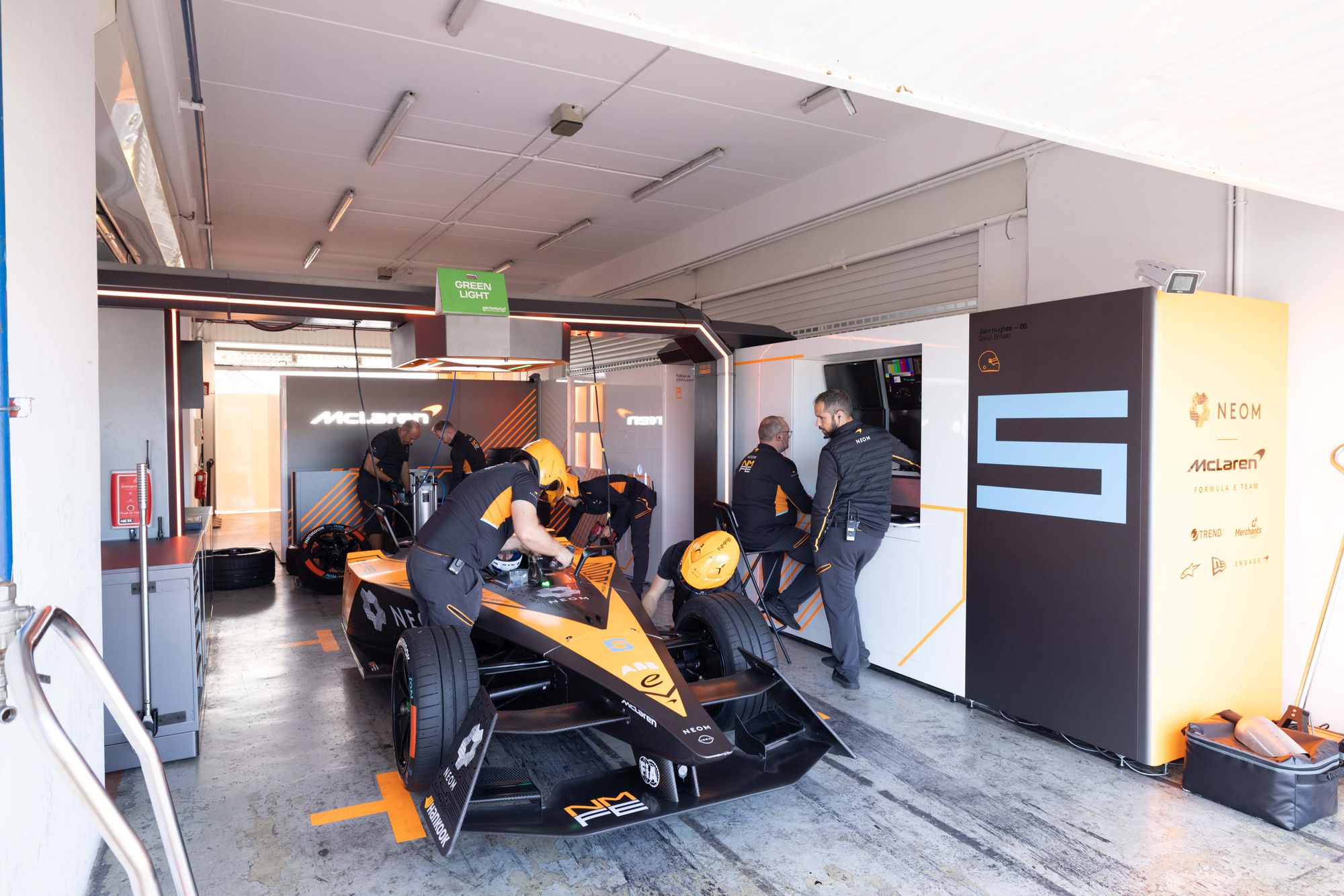
SAFT, who also supply the cells within the spec traction batteries that are used in all cars on the grid, supply several industries, notably aerospace, so the presumption is a supply and demand delay that dovetailed with the need to get the Gen3 cars traction batteries available to all for the start of the 2023 season last January.
Initially the charging pitstops were designed to come into use last season. Now, some of them are prepared but not enough to allocate to each running team which has been a cause of frustration for the promoters who are clearly the drivers of the need for the fast-charging in the first place.
A shared system of the units was in place last week in Valencia with The Race observing several pitstops in the Tuesday morning session.
🚨 FAST CHARGING FIRST-LOOK 🚨#FormulaE teams are testing the new attack charge boosters at Valencia ahead of their 2024 debut.
— The Race (@wearetherace) October 24, 2023
Eight of the units are being shared among the 11 teams this week.
Here's McLaren's Jake Hughes receiving an energy boost ⤵️
🗣️ @sniffermedia pic.twitter.com/PsKHPEOP5M
With a 33-second minimum charging stop time in place they clearly did not look dynamic but they went pretty smoothly
In endurance racing there is at least a choreography to stops and usually a tyre change bolted on too. Formula E cars being stationary for that amount of time will take some getting used to for fans new or old.
Even before the timetable shuffle in the remaining two days of the test, which included the Friday morning mock race (below) having simulated charging only, there was a cross-paddock opinion that much more time was needed for the equipment to be practised with.
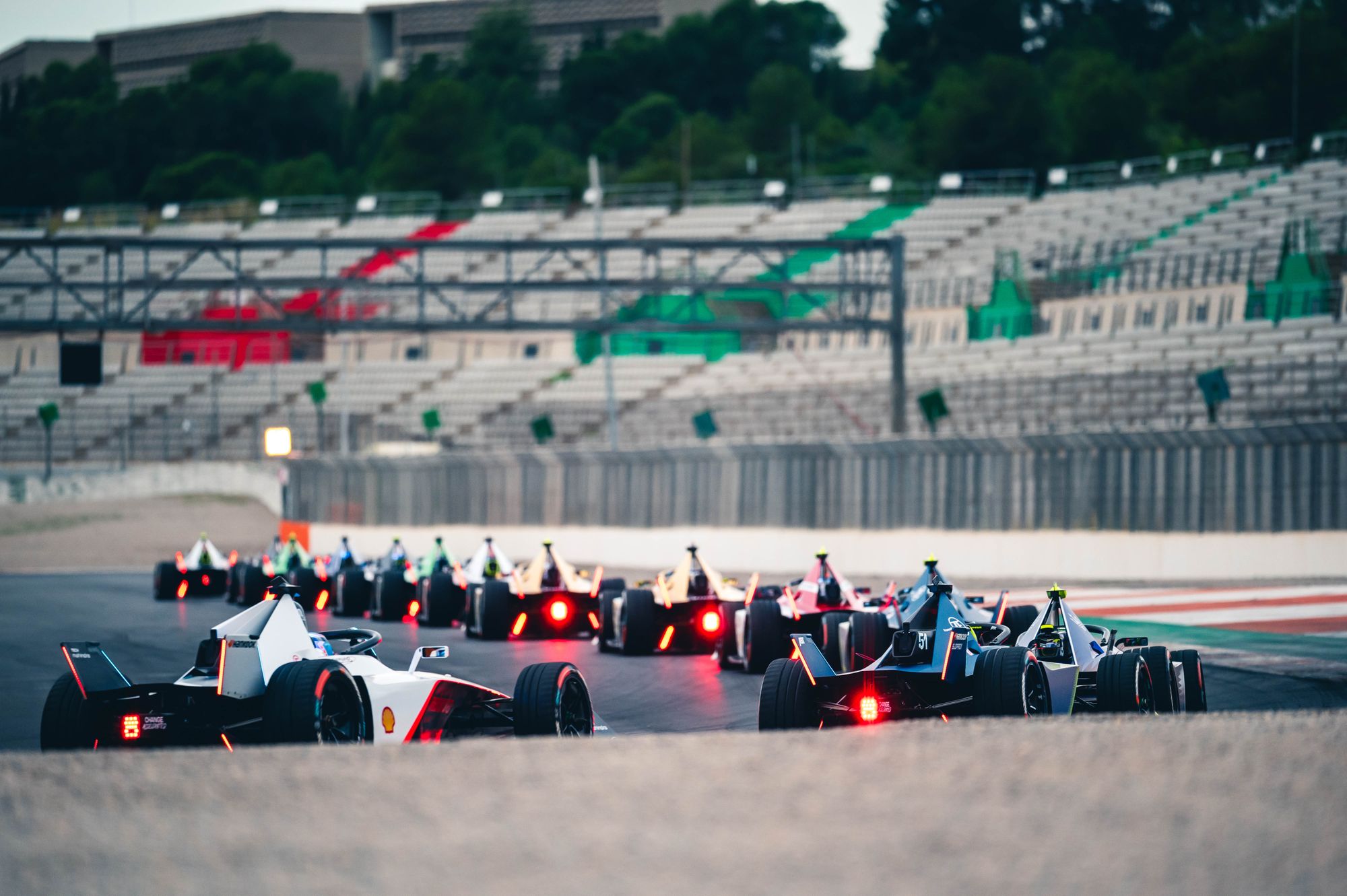
“I would say, despite it being talked about for some while, it’s still relatively early days with the equipment,” Andretti team principal Roger Griffiths told The Race.
“I think there are a number of things that still need to be worked upon. One is the sporting aspect of it, how that all works out, and that’s really what we’d hope to get a better understanding from the race running that we were due to do.
“There’s also the operational aspect of it, as in making sure all the equipment works and there’s the overall reliability of it. I think there’s still a fair few unanswered questions at this stage.
“Had the test gone as anticipated, we would certainly have a lot more information and would be in a good position to make the right decision with attack charge.
“I’m sure that the people involved are well aware of that and I’m very hopeful that a sensible decision will be made going down to Mexico and if it means that we have to postpone the introduction then maybe that’s the right thing to do. But if we come out of here and we’ve ticked all the boxes then why not go ahead?”
Quite a few boxes still remain unticked, that is clear. What seems to be the most likely and sensible option is that one of the two races at Diriyah at the end of January would be the most obvious implementation point for the charging pitstops.
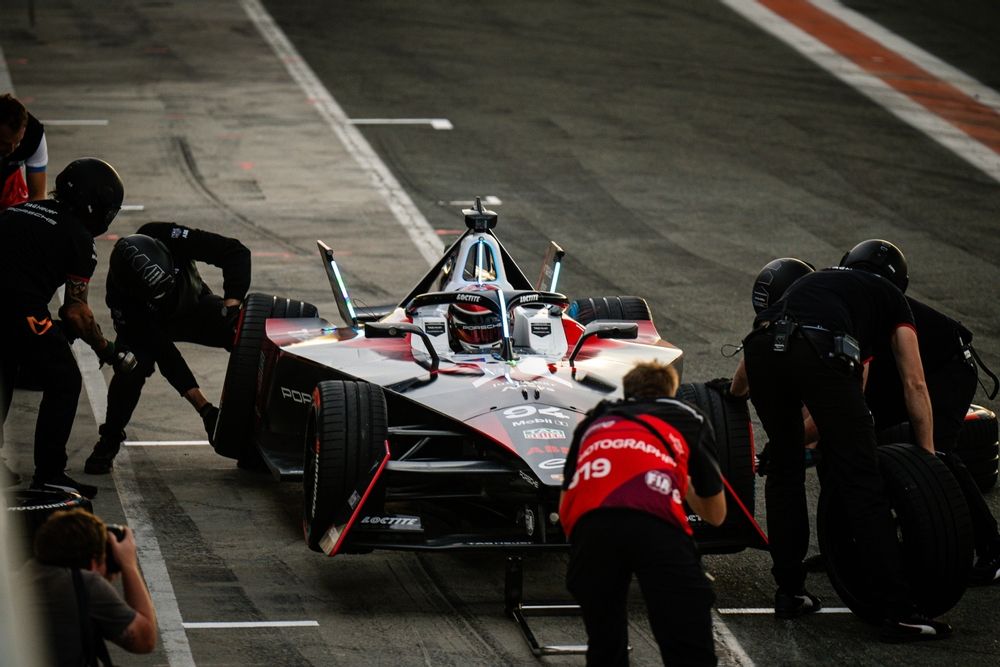
The drivers and teams’ reaction to the charging stops is broadly the same with the majority reserving judgement until more is known about the sporting regs and when it is set to come into effect.
“The charger works by only being activated once the driver selects neutral in the cockpit,” McLaren team manager Gary Paffett told The Race.
“The charge will release once the charge is in the car and the car dash has a countdown for the driver to see for when their time is up effectively.
“The driver shouldn’t be able to leave the pitbox until that time is up. Then it’s up to our car controller to see that happening and then look at the pitlane and do the normal thing.”
That will be crucial as it is expected that 50% of the 22-car grid, will pit on the same lap, only no higher than 50% because double-stacking isn't allowed.
Then there is the scenario of some drivers having done the charge and possibly going a full lap down due to the length of the pit in/out and stop itself allied to the relatively short Formula E tracks that are used. Throw in a full course yellow or safety car and you have the ingredients for a lottery and on-track confusion.
Clearly, completing the pitstop under a full course yellow will be a massive win compared to someone who’s doing it on a live green track.
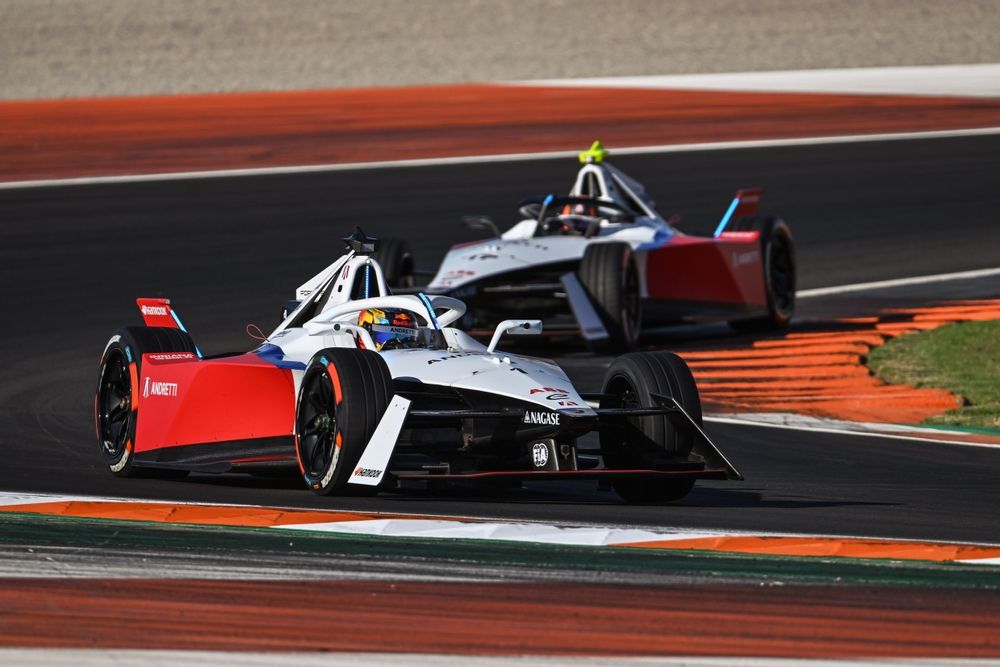
“If you get a safety car and there is a car a lap down do they then get waved through?” wondered Paffett.
“Because otherwise they’re going to stay a lap down.
“So that sort of thing is something that does need to be considered because otherwise if you’re going to get penalised massively by going a lap down either by having a blue flag or then being caught a lap down with a safety car and stay there.
“Then the guys at the back aren’t going to take the risk of doing it, because you’ve got a very good chance of ending up with the leaders. That’s something that Scot (race director Scot Elkins) and the FIA need to think about on how it’s going to impact the racing.”
From a driver’s standpoint several of them elected to wait for definitive opinions to be formed but the underlying theme was one of some scepticism over the plans.
“Right now, I’m on the fence about it,” Jaguar’s Mitch Evans told The Race.
“The racing has always been good in Formula E; will this make it better? I think it’s going to be highly unlikely that it will. but I could be completely wrong.
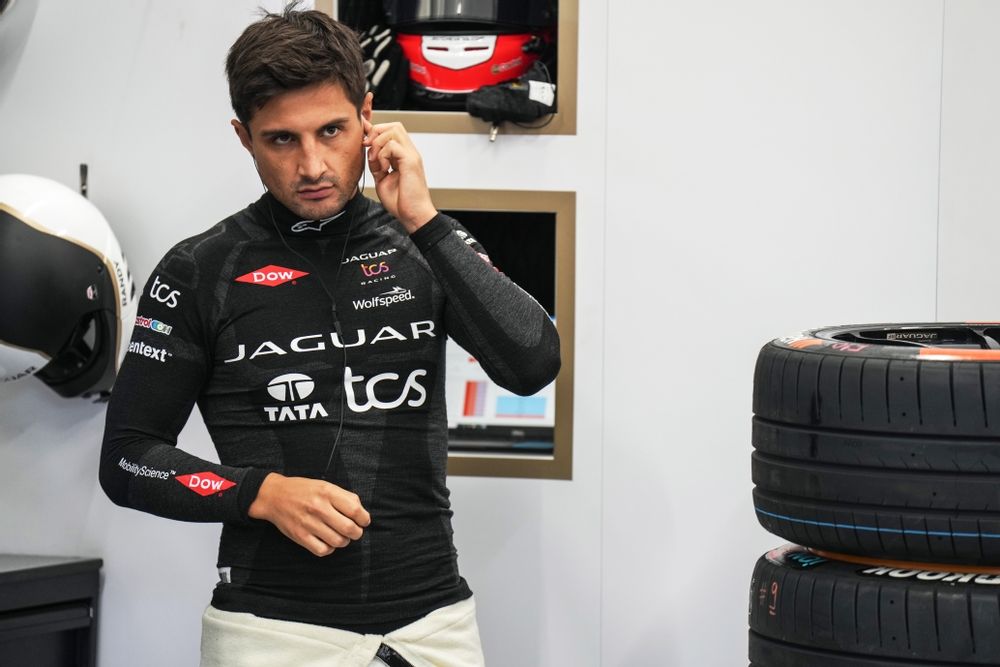
“I think it can’t be confusing for the viewers, once you have a car going a lap down and some cars can’t stop because there’s only one charger per team, the charging time at the moment is too long to double stack.
“The sport is already relatively confusing, so I think we have to be careful, but I see the angle that the FIA and the championship want to go down to try and make it work. It has to be right though.”
Envision returnee Robin Frijns reckoned that the current situation of such a paucity of testing was “never really good when so few haven’t really tested it.
“We tested something yesterday (Tuesday) and it didn’t really work as it should work. I think first we need to have everything sorted.”
Frijns also expressed some concern over the fact that customer teams already have less experience of the chargers after manufacturers first tried the units at a test back in September 2022 at Varano.
With non-manufacturer teams now having very limited testing time on track prior to Mexico City in January, there is a worry of parity in preparation across the grid. This could only be exacerbated if the devices are allowed to be used at a Gen3 Evo tyre test which is scheduled to test new Hankook products at the Mallorca Circuit next month.
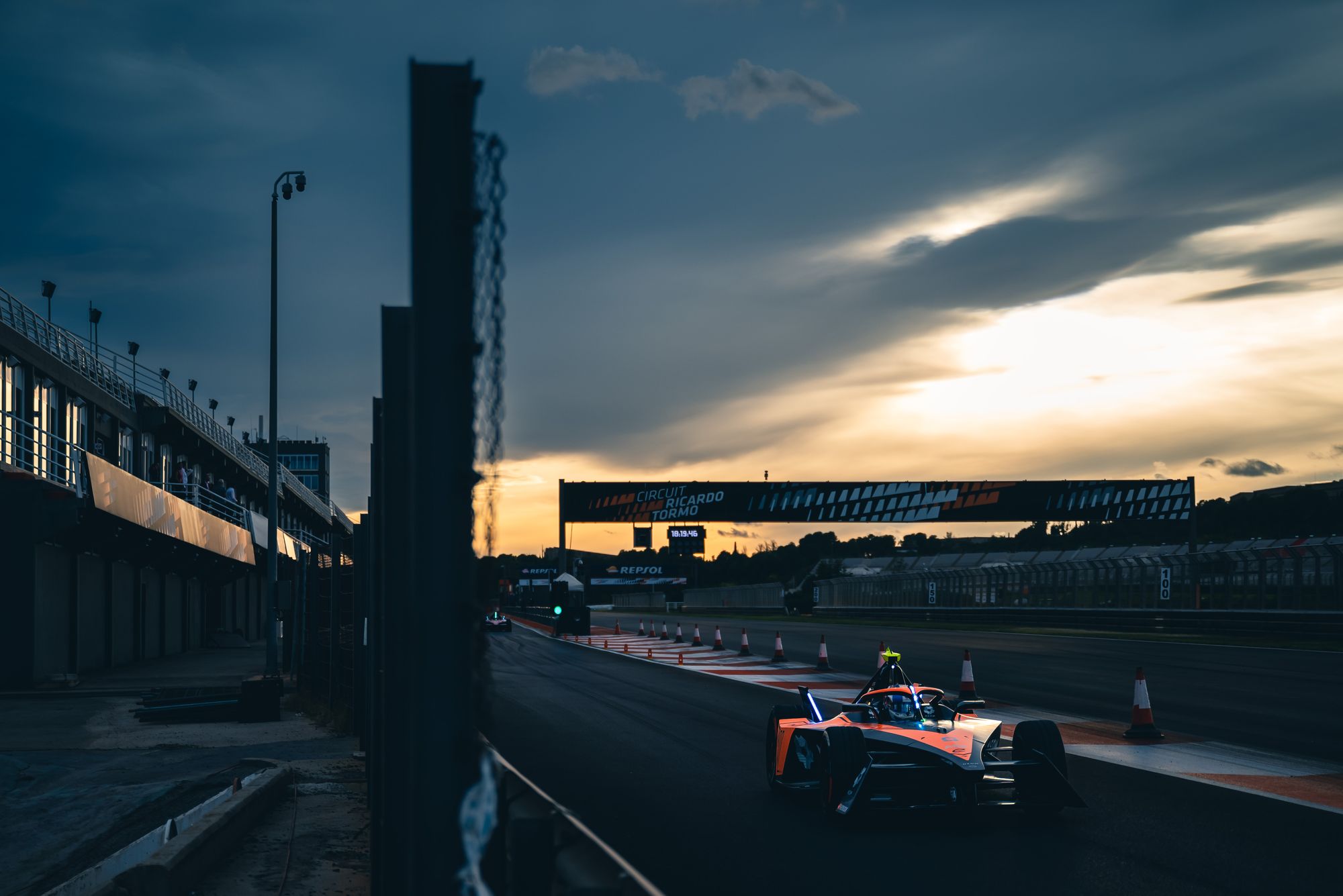
McLaren’s Jake Hughes was slightly more positive in his assessment, saying that although the experience of the fast-charging pitstops was relatively “non-eventful in the car, I actually didn’t realise until I saw some video that even the LEDs are flashing whilst it’s being charged, I didn’t know.
“I’m just staring at what my dash and countdown, and every team will have gone a bit different with their software written and what they see in that aspect.
“But as a principle I really like it. Even before I was in motorsport you get used to watching high-level world championships doing pitstops, and I like that extra strategic element.
“I think the fans watching on TV will make sense as long as we do it correctly. Obviously it’s very fluid at the moment, I think they’ll be a lot of new software written up and down the pitlane to try and make it a bit smoother, a bit faster.
“There are certain aspects of it going from drive to neutral that some teams will be better or worse than others and maybe waste or win time in that period of the pitstop.”
All that is to come but first, the chargers need more testing before being implemented in the sporting format. With the off-line attack mode power boosts being much less effective with the Gen3 cars, perhaps fast-charging is the shot of energy in the arm that Formula E needs.
Either way, it has to be explained and visualized correctly for the paying public and TV viewers if the overall vitality of the pitstops is to be as high-energy as 2024-spec Formula E racing clearly needs to be.


